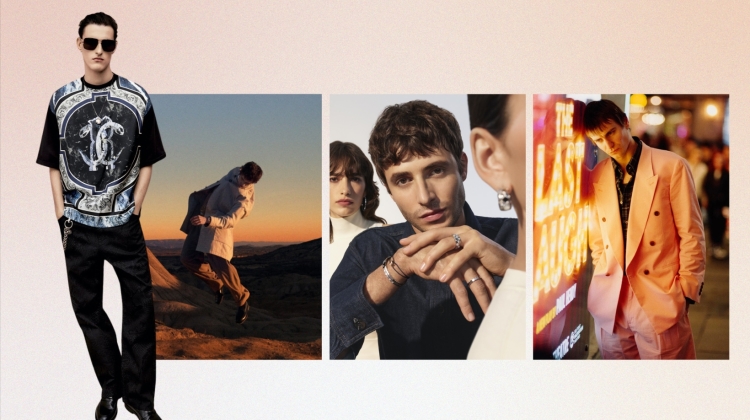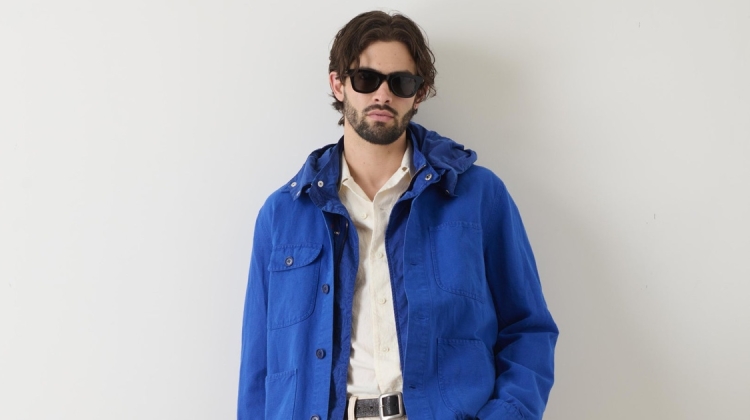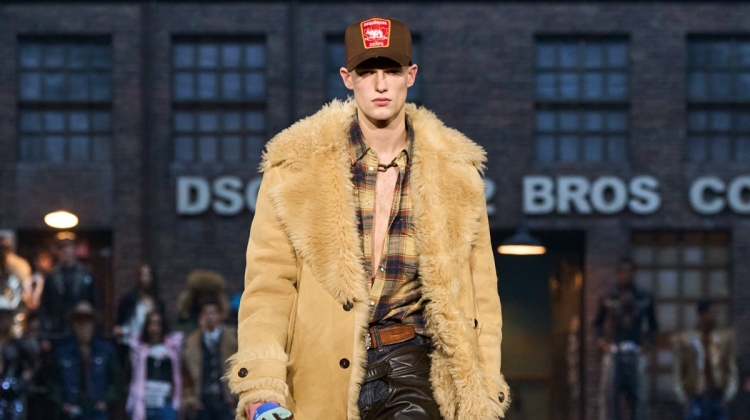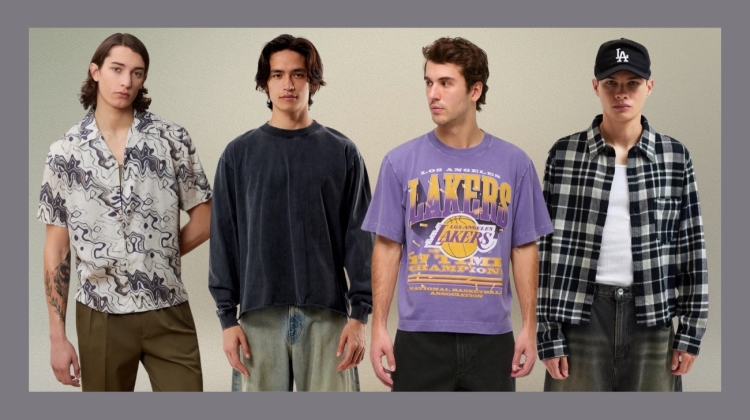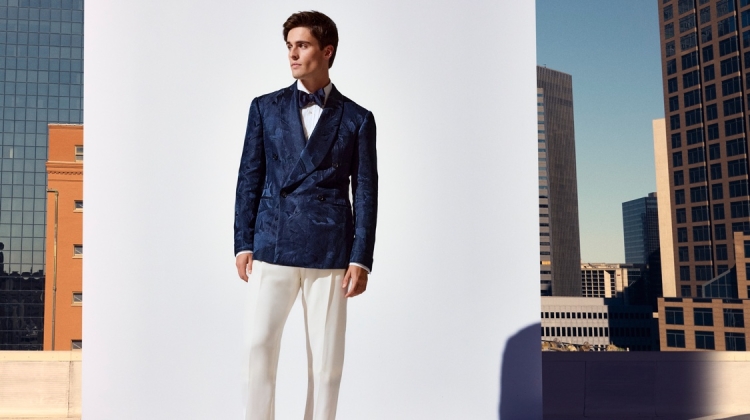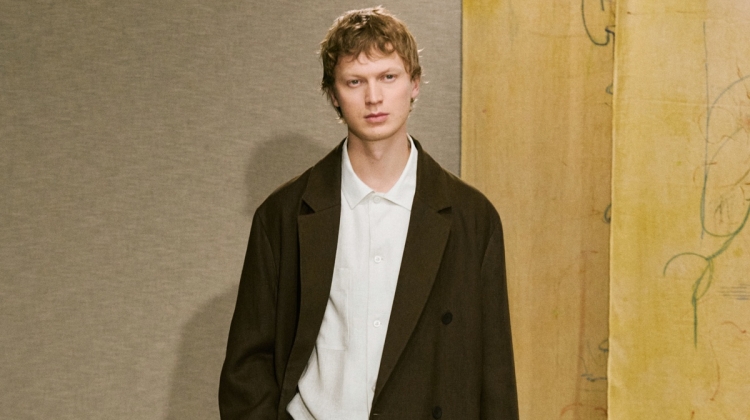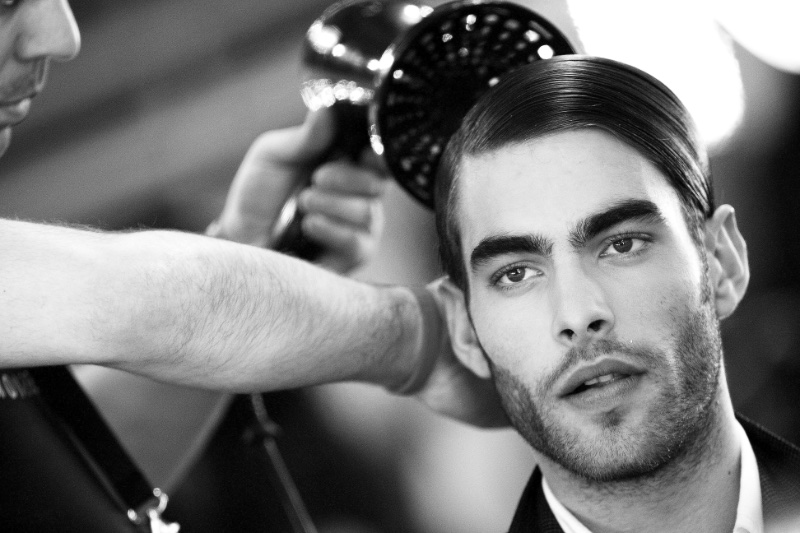
Embarking on a career in the male modeling industry isn’t about fashion savvy or personal style. Instead, it’s about meeting the physical demands and professional expectations set by designers and agencies.
How to Become a Male Model
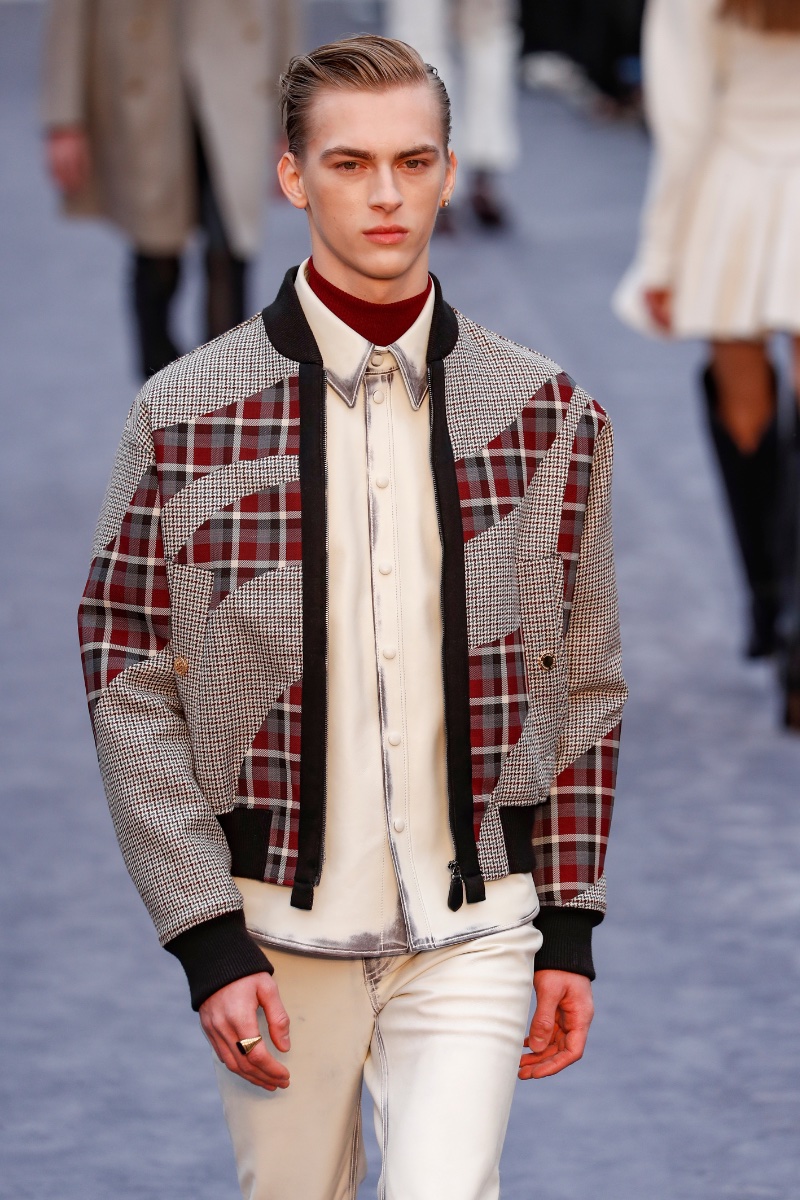
For those curious about how to become a male model or simply gaining an understanding of the industry, this guide sheds light on the fundamental aspects of modeling, debunking myths, and providing insights into what it truly takes to be part of this fascinating world.
Agency Representation & Networking
Agency representation is paramount for a model’s career advancement. Signing with a renowned agency can open doors, connecting models with top designers, photographers, and brands. A strong network within the industry can boost a model’s profile and provide mentorship, guidance, and access to exclusive opportunities.
Networking in the modeling world is akin to cultivating a garden; it requires consistent effort and nurturing. Whether at industry events, photoshoots, or through social media, forging relationships with fellow models, photographers, designers, and other industry professionals can lead to collaborations and long-term partnerships. Remember, it’s not just about who you know; it’s about who knows you.
Understanding the Modeling Industry
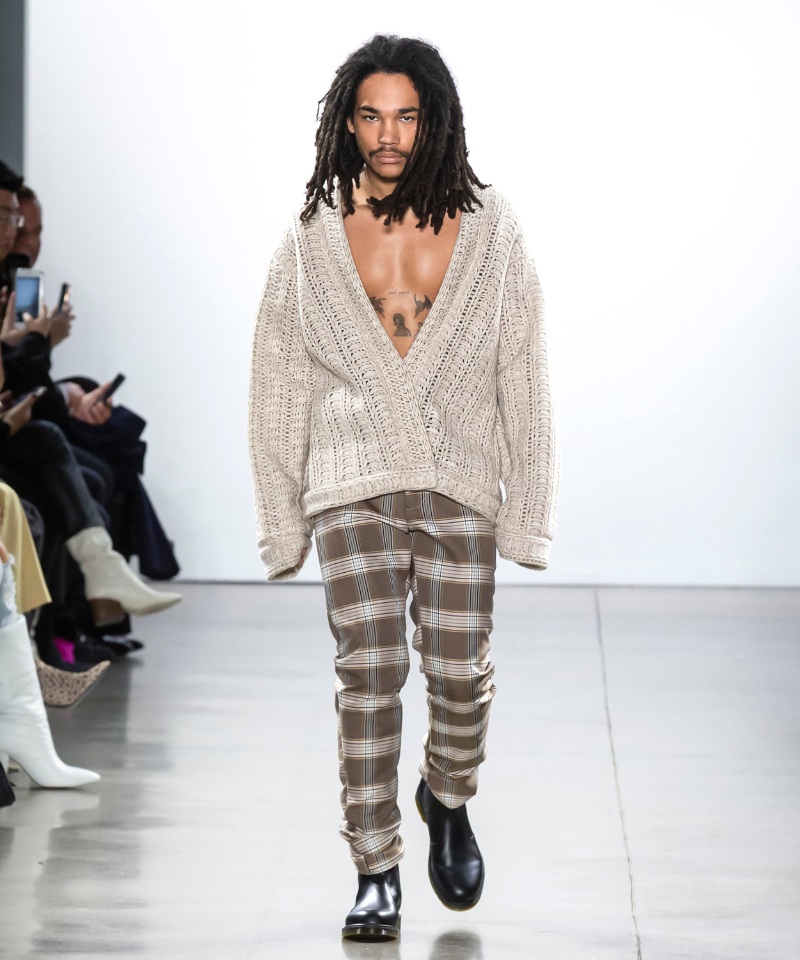
The modeling industry has evolved tremendously over the years. Today, diversity and individuality are celebrated more than ever, making participating in a dynamic and exciting field.
The modern model is not just a pretty face; he is a storyteller who represents a brand’s message and connects with the audience personally.
Height & Body Type
Contrary to popular belief, the modeling industry does not strictly adhere to specific height and body type standards. While it’s true that certain areas, such as runway modeling, often require taller models, there’s an increasing demand for a variety of body types in the industry.
This shift reflects the reality of consumers, allowing for a broader representation of the male population.
A Unique Look & Personality
Success in the male modeling industry hinges on physical attributes, a distinct appearance, and a captivating personality. It transcends the confines of personal style or mere dressing finesse. Instead, it’s about embodying a particular essence or vibe beyond selling a product.
It’s about portraying a lifestyle that resonates with a broader audience, capturing a unique and alluring presence.
Different Types of Modeling
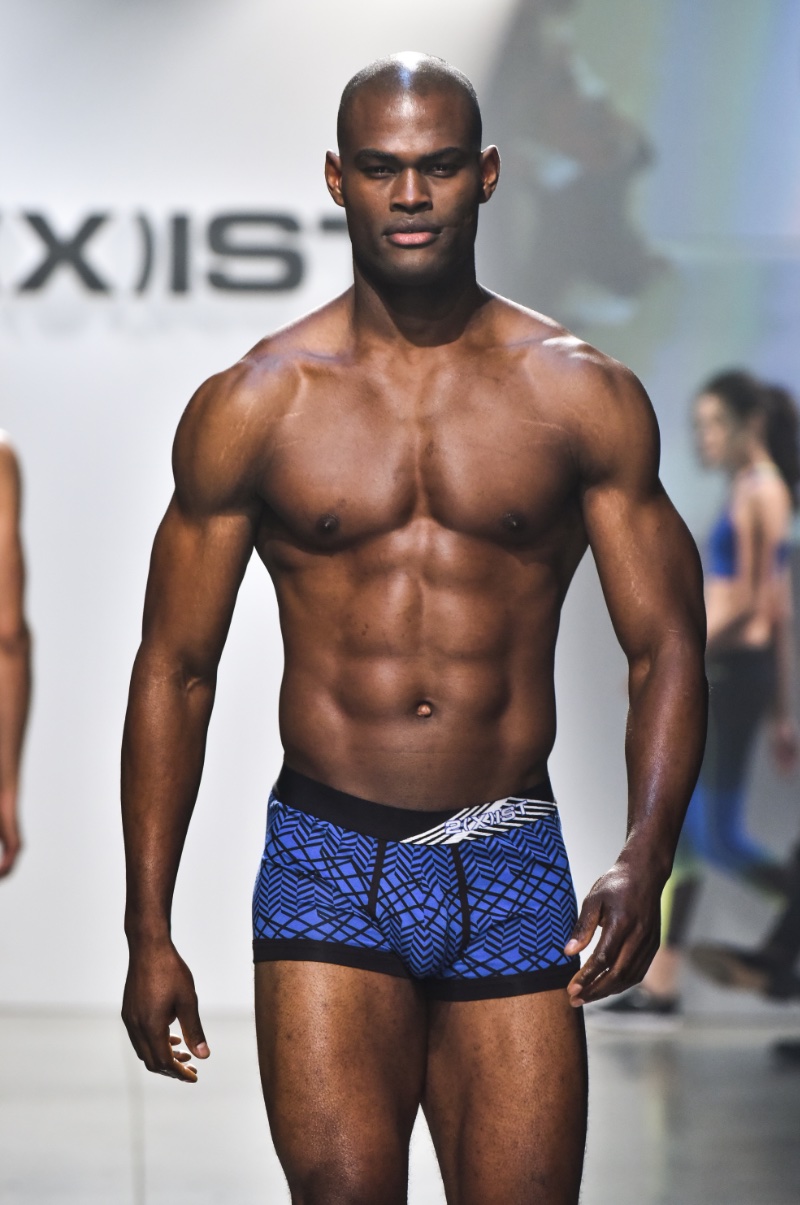
The modeling industry is multifaceted, offering diverse opportunities across various domains. Each sector has unique requirements and rewards, from high-fashion runway modeling to commercial print work.
- Runway Modeling demands height, poise, and the ability to showcase designers’ creations.
- Commercial Modeling is more versatile, encompassing advertisements, catalogs, and even acting in commercials.
- Fitness Modeling emphasizes a well-toned physique and promotes sports and fitness products.
- Plus-Size Modeling celebrates diverse body types, reflecting a more inclusive representation of society.
- Parts Modeling focuses on body parts like hands or feet, often used in close-up shots for products like watches or shoes.
Health & Wellness
Health and wellness in modeling extend beyond maintaining physical appearance. It involves a balanced diet, regular exercise, mental well-being, and adequate rest. Maintaining a healthy lifestyle ensures that the model is physically and mentally prepared for the demands of a fast-paced industry.
The emphasis on appearance can often lead to undue stress and pressure. Thus, mental well-being is equally significant. Models should consider engaging in mindfulness, meditation, or hobbies that align with personal interests. These not only alleviate stress but also contribute to personal growth and self-awareness.
Expression & Charisma
Another crucial aspect of modeling is expressing oneself in front of the camera. This applies to posing, facial expressions, and body language. A model must convey various emotions and moods to bring a brand’s vision to life.
Harnessing the Power of Social Media

Social media has become a powerful tool for models in the digital age. It offers a platform to showcase your style, build a following, and attract the attention of brands and agencies. Here are some tips on how to make the most of social media:
Building a Strong Online Presence
A solid online presence is crucial in the modeling industry. It helps you get noticed by potential employers and allows you to connect with your audience. Post regularly and engage with your followers by responding to comments and messages.
Creating Engaging Content
The content you post should reflect your personality and style. It could include behind-the-scenes shots from photoshoots, snapshots of your daily life, or even posts about your hobbies and interests. Remember, social media is not just about looking good; it’s about showing who you are.
Leveraging Your Influence
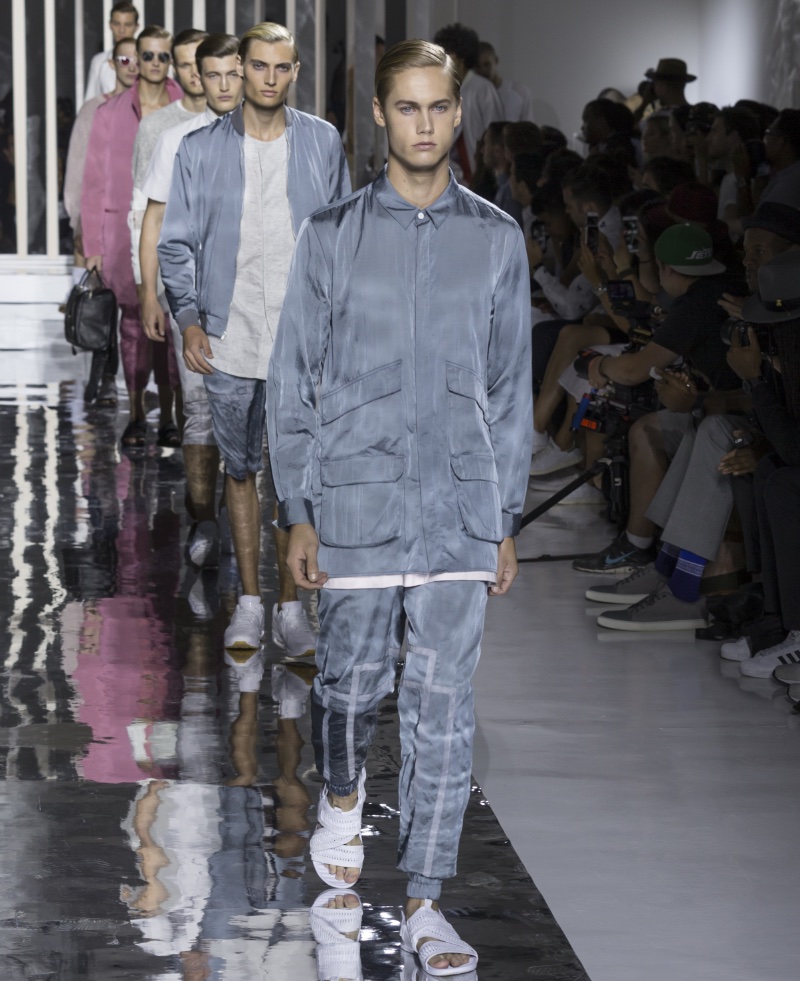
As your following grows, so does your influence. This can open up opportunities for collaborations with brands, making social media a potential source of income. However, choosing collaborations that align with your brand is essential to maintaining authenticity.
Agency representation is paramount for a model’s career advancement. Signing with a renowned agency can open doors, connecting models with top designers, photographers, and brands. A strong network within the industry can boost a model’s profile and provide mentorship, guidance, and access to exclusive opportunities.
Networking in the modeling world is akin to cultivating a garden; it requires consistent effort and nurturing. Whether at industry events, photoshoots, or through social media, forging relationships with fellow models, photographers, designers, and other industry professionals can lead to collaborations and long-term partnerships. Remember, it’s not just about who you know; it’s about who knows you.
Monetizing Your Modeling Career
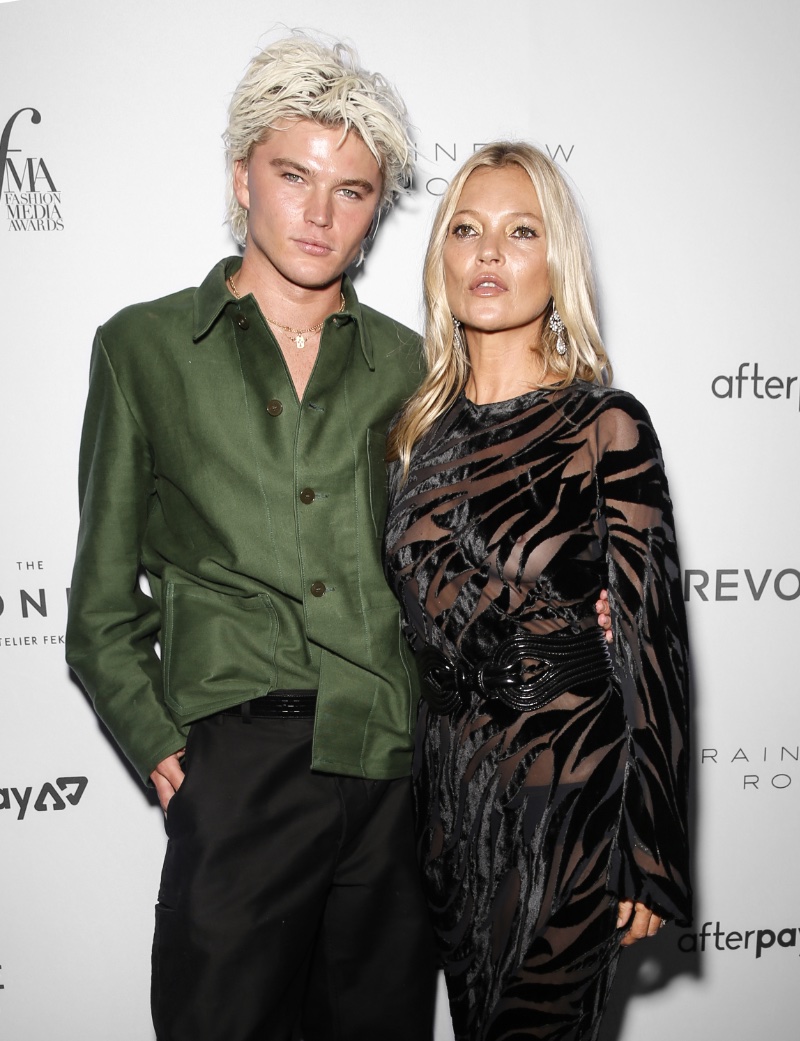
Modeling can be lucrative if you know how to monetize your skills and exposure. Here are some ways to earn income as a model:
Runway Shows & Photoshoots
These are the traditional sources of income for models. While they may not offer a steady income, they provide exposure and can lead to other opportunities.
Brand Endorsements & Collaborations
Working with brands can be a significant source of income for models. This could involve promoting products on social media, appearing in advertising campaigns, or even designing a collection in collaboration with a brand.
Influencer Partnerships
With a large social media following, you can become an influencer. This involves partnering with brands to promote their products to your followers. It’s a win-win situation: the brand gets exposure, and you get paid for your influence.
Acting Roles
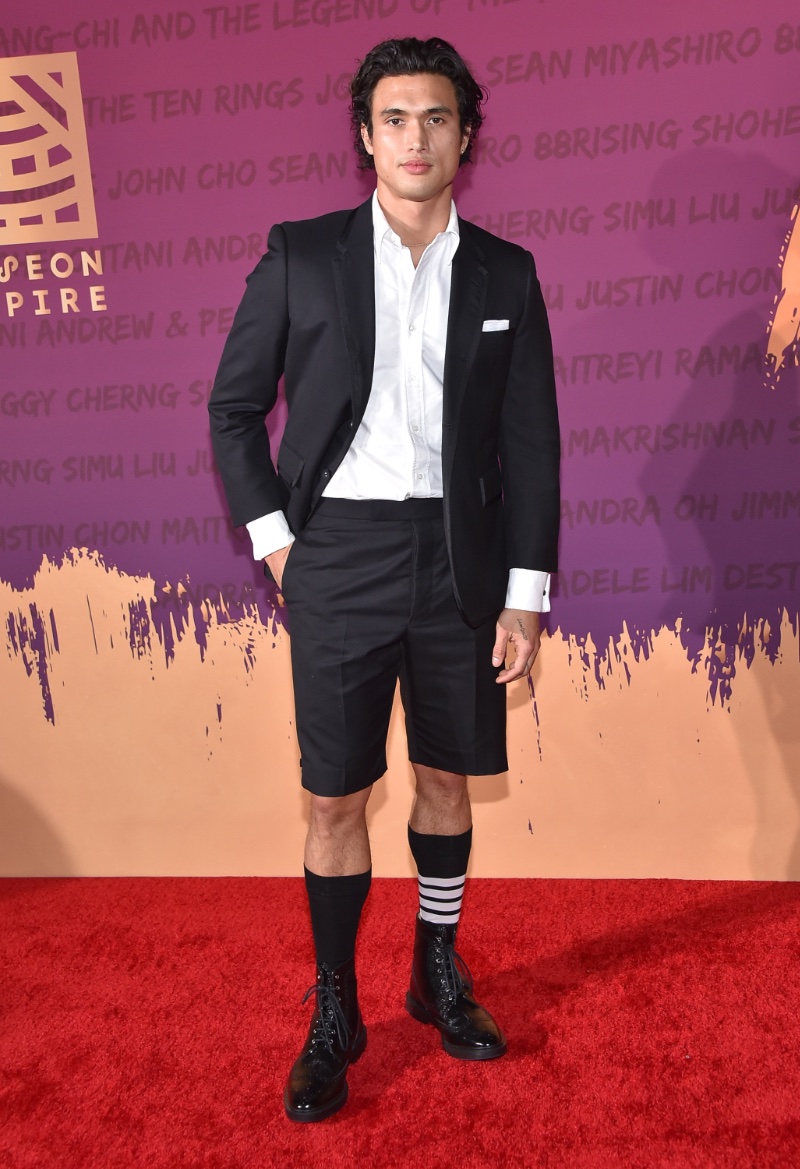
For some models, acting is the next natural step. Though it demands unique skills, it can be a financially rewarding shift. Along this pathway, models may engage in special projects where professionalism and business awareness are vital.
Whether it’s a thoughtful dialogue with a brand representative or a cast & crew review, seizing every opportunity to express one’s business acumen, looks, and charisma can foster success.
Legal & Contractual Aspects
Legal and contractual considerations form the backbone of any professional relationship in the modeling industry. Understanding the terms and conditions of contracts, whether with an agency, brand, or collaborator, protects a model’s rights and outlines responsibilities.
Consultation with legal or experienced industry professionals is advisable to navigate contracts and agreements effectively. Knowledge of industry standards, compensation structures, rights to images, and confidentiality clauses ensures a transparent and fair engagement. Such awareness empowers models to negotiate terms aligning with their career goals and values.
Using Modeling as a Platform for Change
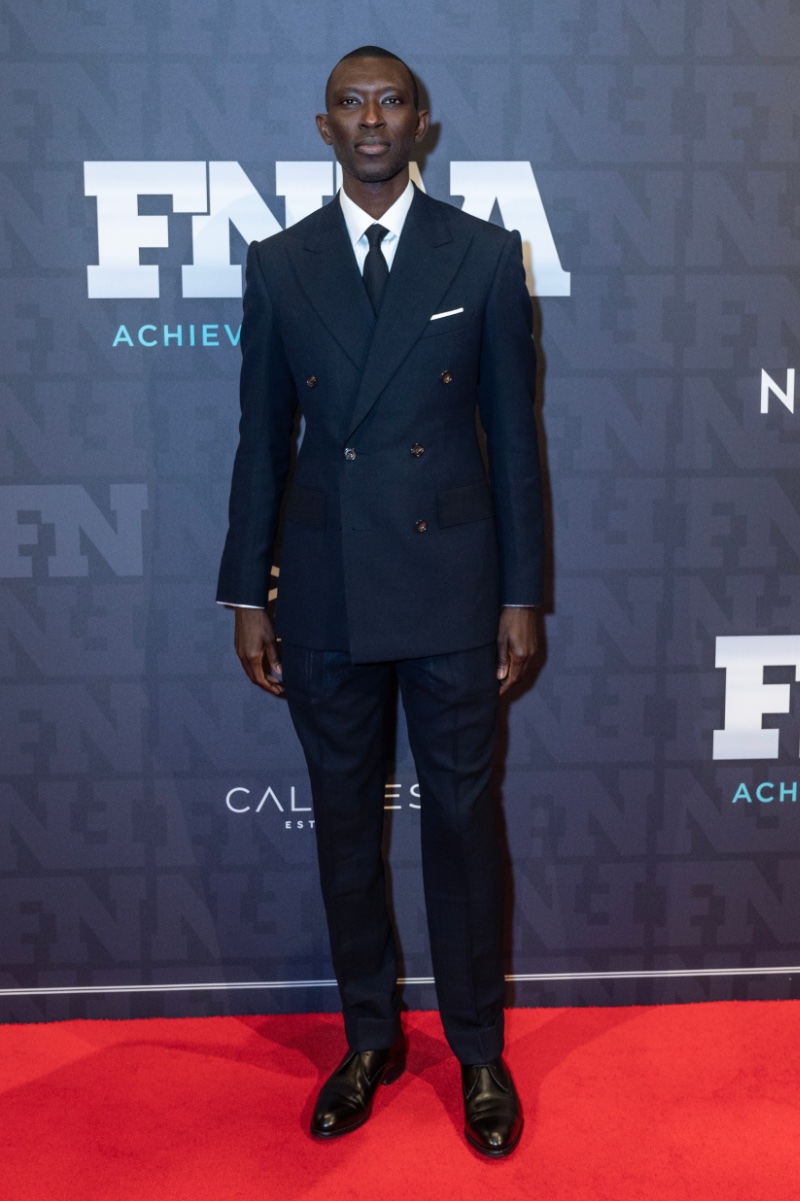
Modern models are not just faces; they are influencers who can use their platforms to drive positive change. Whether promoting sustainability, advocating for body positivity, or campaigning for inclusivity, models have the power to make a difference.
Ethical Considerations
Modeling goes beyond aesthetics; it carries social responsibilities and ethical considerations. From choosing brands to collaborate with to advocating for sustainable fashion, models can set precedents and influence cultural norms.
Ethical considerations extend to promoting diversity, inclusivity, and positive body image. By embracing these principles, models can foster a more accepting and compassionate industry, reflecting a broader spectrum of society. It’s about aligning personal values with professional choices and thus contributing to an industry that honors integrity and authenticity.
Staying Updated with Industry Trends

The modeling industry is constantly evolving. Keeping up with the latest trends and developments is essential to stay relevant. This could involve attending fashion shows, subscribing to industry publications, or following influential figures on social media.
Challenges & Rejections
Challenges and rejections are inevitable in the modeling landscape. From castings to collaborations, not every opportunity will be a perfect fit. These experiences, though often disheartening, are integral to personal and professional growth.
Embracing rejection as a learning opportunity rather than a failure is essential. It’s about resilience, perseverance, and adaptability. Connecting with a support network, setting realistic goals, and maintaining a positive outlook can transform challenges into stepping stones toward success.
Valuing the Journey Over the Destination
While getting caught up in the industry’s glamour is easy, it’s important to remember that modeling is a journey. It involves hard work, rejection, and constant learning. But it also offers the opportunity to travel, meet interesting people, and express creativity. So, enjoy the ride, and remember that success is not just about landing big gigs; it’s about growing as a person and making your mark in the industry.
Becoming a Male Model
Embarking on becoming a male model is a multifaceted adventure filled with opportunities and challenges. It extends beyond aesthetics and invites individuals to explore various self-expression, creativity, and social influence domains.
In a diverse landscape and evolving dynamics, uniqueness becomes a strength. Navigating this path requires meeting industry standards, nurturing personal growth, embracing ethical considerations, and connecting with the broader community.
Ultimately, the journey is not solely about fame or fortune. Still, the chance to contribute to an industry rich with innovation and carve out a personal legacy that resonates beyond the runway.
